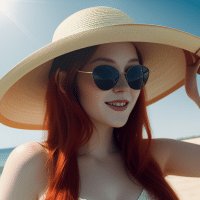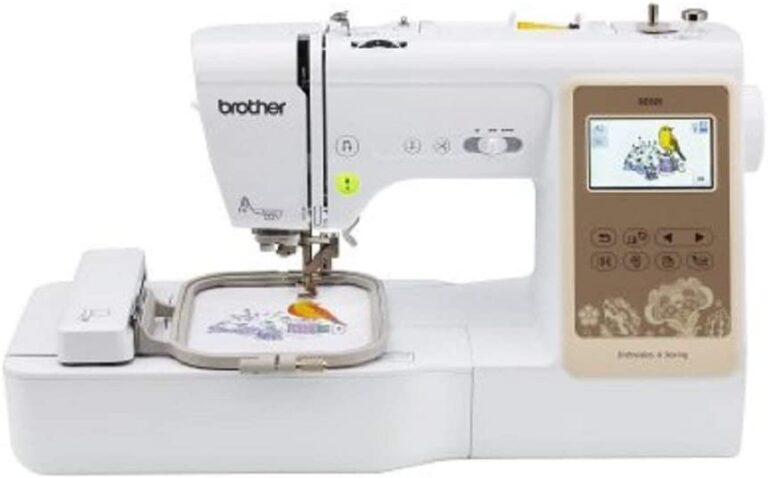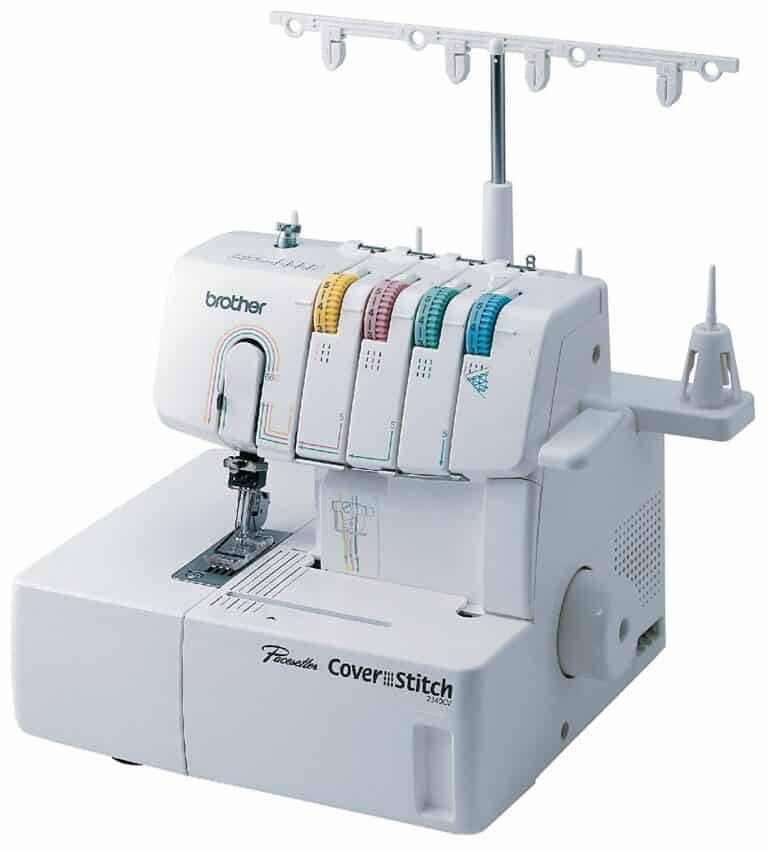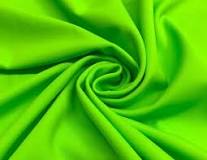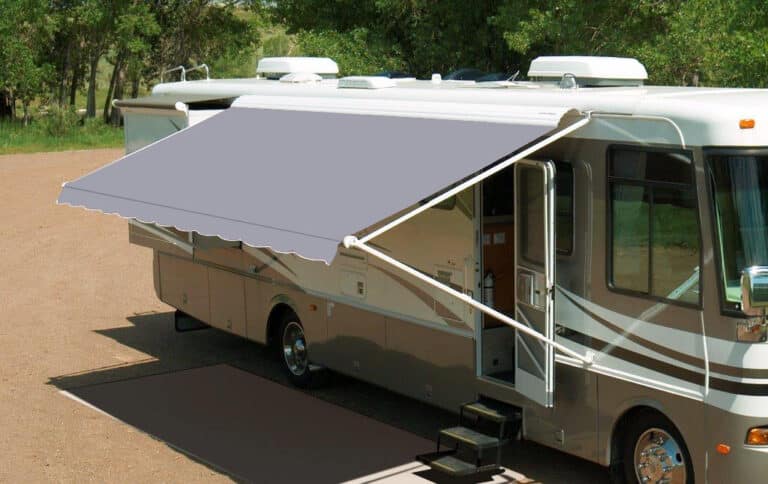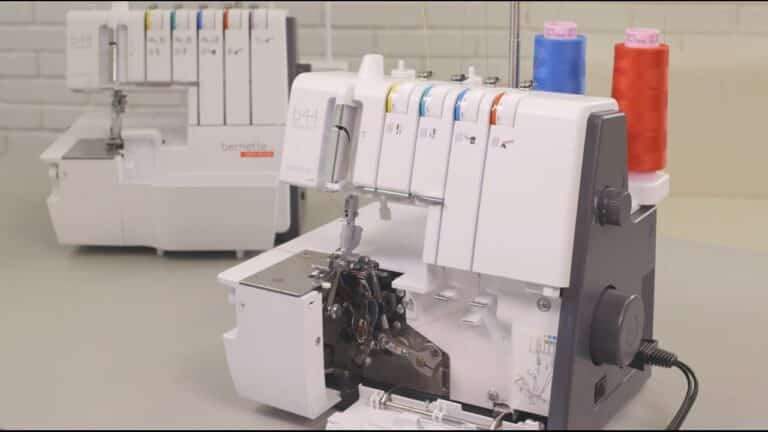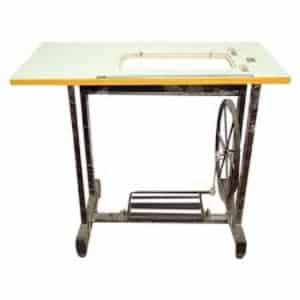Coir Fabric: History, Properties, Uses, Care, Where to Buy
Table of Contents
Introduction to Coir
Do you like the chocolate ‘Bounty’? Contrary to popular belief, people have a conflicted opinion about this chocolate. Some love the taste of coconut, and the rest aren’t a fan. But we can safely conclude that Bounty’s unique and irresistible taste is obtained via the crunchy shaves of coconut.
If you don’t like to eat it, would you like to wear it? It seemed like an odd question to ask. Didn’t it? Don’t worry; we neither mean the chocolate, not the coconut shaves. We are talking about the husks obtained from the shells of coconut. Yes, it is a real thing, and people do wear it. Let us dive deep into its review.
History of Coir
The name coir was caught on after the Tamil term Kayar became popular. This term was used to describe the coconut fiber that was extracted from the shell. In early and ancient times, coconut fiber was used to make cordage and ropes. It was a popular choice because of its strength.
Indians were the first ones who used coir to make shipping ropes, and as they traveled across the world, countries like China, Persia, and Malaysia began taking inspiration. In the 11th century, Arab writers referred to these fibers. In the 19th century, coir had made its way through the UK. It became the top choice in the making of carpets and other accessories.
Properties of Coir
You may have never noticed coir closely while enjoying a coconut. You might have never even felt it or seen it if all you ever tasted was the shaved coconut. So, here are the eminent features of coir that make it best suited to its use.
Easily Dyed
You can easily these fibers, as they retain the colors well.
Resistant to abrasion
These fibers are not too strong or durable, but they can easily tackle abrasion.
Light in Weight
These fibers are super light in weight and are very easy to carry.
Elastic
The fibers of coir can stretch, which makes the fabric made out of them moderately elastic.
Brittle
These fibers are hard and have a strength that keeps them intact, but they are brittle too, which means you have to be careful with your use. They will break easily because of their small diameter.
Common Uses for Coir
The fabric made out of these fibers has many uses. It is quite versatile and can be used for many different purposes. The most common uses of coir are:
Packaging
Many brands make use of coir in the packaging of their products because of its unique appearance. These fibers are also biodegradable, so they are friendly to the environment.
Bedding and Flooring
Premium and high-end flooring mats are made using coir.
Cordage
These fibers are used mainly for making ropes and cables.
Make Brushes and Fishnets
Coir is used to make good quality fishnets and brushes because of its rugged and rough texture.
Bags and other Accessories
These fibers are used to make cool bags, , and other accessories because of their chic and trendy appearance.
Caring for Coir
These fibers are brittle, so you have to be very careful about taking care of them. Since they are brittle, you cannot take the risk of washing them in the machine. You have to either get it dry cleaned or wash it by hand. Also, make sure you air dry it and hang it away from the rest of your clothes. You cannot take the risk of damaging these fibers, or as you will lose the entire item. So, take good care of coir!
Sources
Science Direct
Coirboard

